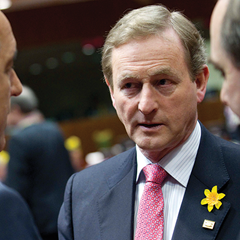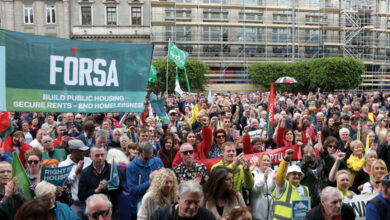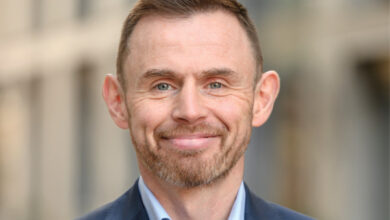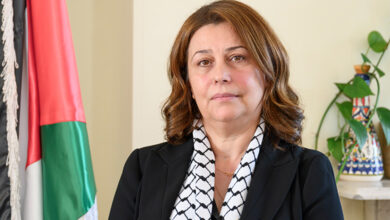The European Council at work
 Peter Cheney explains how decisions by EU leaders translate into policy back home.
Peter Cheney explains how decisions by EU leaders translate into policy back home.
Four times a year, An Taoiseach addresses Dáil Éireann on the outcomes of the European Council – the gathering of the EU’s political leaders which increasingly shapes policy at a national level.
Council meetings bring together the heads of state or government of all 28 member states. Most are prime ministers but France, Cyprus, Lithuania and Romania are represented by their presidents.
The Council’s political make-up regularly changes to reflect voters’ allegiances. At present, 13 members are conservative, nine are socialist, five are liberal and one is independent.
Members may, of course, disregard manifesto commitments and they also need to strike compromises to get business through the Council. Its overall aim is to set the EU’s strategic agenda.
The first informal summit of heads of state and heads of government was convened by Charles de Gaulle in 1961 as a counterweight to the European Commission. The summit was renamed as the European Council when it met in Dublin in 1975 but it only became a formal institution in 2009 when a full-time President, Herman van Rompuy, was appointed.
Van Rompuy’s term expired on 1 December when the position transferred to Donald Tusk, the outgoing Prime Minister of Poland.
Meetings take place four times a year and the conclusions are always published (at www.european-council.europa.eu). Euro zone summits often take place immediately after Council meetings. Between meetings, the separate Council of the European Union brings together other ministers who discuss legislation and respond to emerging policy challenges.
Climate policy topped the agenda at the most recent European Council meeting in October with governments agreeing to reduce greenhouse gas emissions by 40 per cent between 1990 and 2030. The new renewable energy target for 2030 is 27 per cent. As of last year, the EU had achieved a 19 per cent reduction in emissions since 1990 and around 13 per cent of its energy came from renewable sources.
Low growth, persistently high unemployment and exceptionally low inflation all combined to cause major economic worries for leaders. They endorsed the Commission’s call to mobilise an extra €300 billion for infrastructure development by 2017, from public and private sources. Among other issues, the Council welcomed the response by the EU and member states to the Ebola crisis and Russian interference in the Ukraine was again strongly condemned.
Speaking afterwards, Enda Kenny explained: “This European Council did not take detailed decisions on economic issues, focusing instead on the difficult and delicate negotiations which were necessary to achieve agreement on the climate and energy policy framework.” He added: “Our discussions provided valuable orientation ahead of more substantive decisions at the December European Council. It was clear that, right across the union, the unwavering focus remains on addressing the challenges of low growth and high unemployment.





